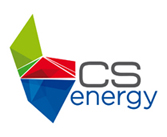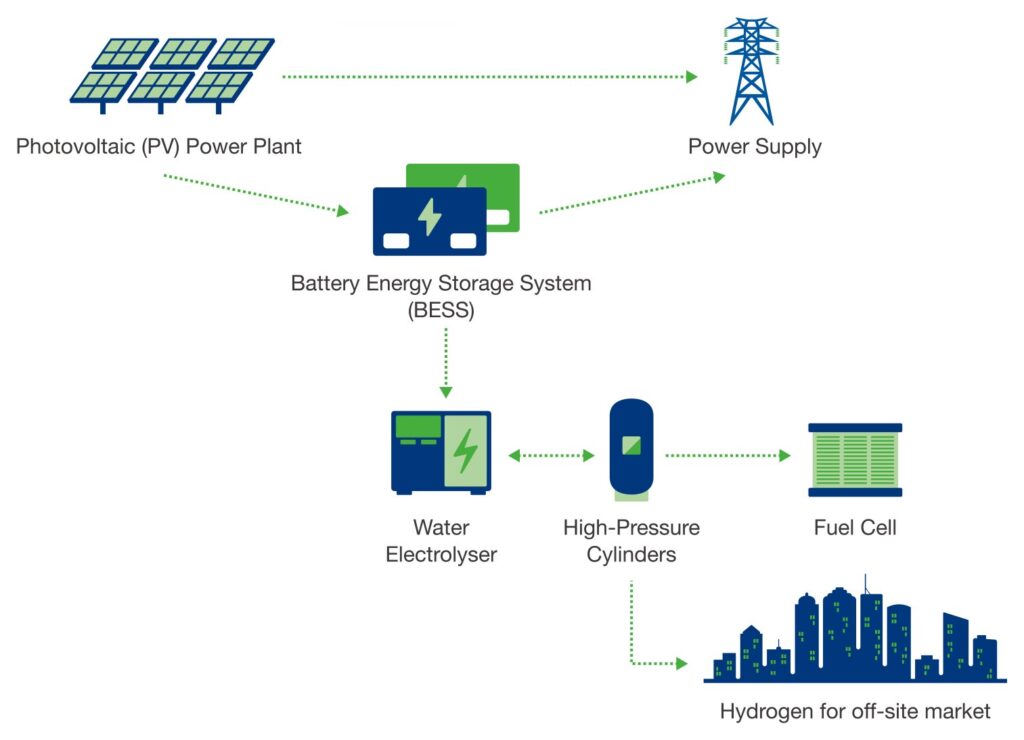Emma Roberts is the Head of Future Energy at CSE. In this article she writes about the growth of hydrogen as a new energy source in Queensland.
Hydrogen is emerging as one of the most exciting prospects for meeting the world’s future energy needs.
Queensland has been recognised as an ideal location for renewable hydrogen projects because we have plenty of sunshine, a highly skilled workforce and well-established ports to export hydrogen overseas.
Both the Australian Government and various state governments have recognised the enormous potential of hydrogen with strategies and funding to expand the hydrogen industry.
Here in Queensland, we have Australia’s first dedicated Minister for hydrogen, with Mick de Brenni appointed as the state’s Minister for Energy, Renewables and Hydrogen in 2020. Mr de Brenni is also one of CS Energy’s shareholding Ministers.
As CS Energy works to diversify our portfolio, we have invested in two hydrogen projects to assess future commercial opportunities for the production and use of renewable hydrogen.
In 2019 we provided $500,000 towards QUT’s multi-party hydrogen R&D project at Redlands. Then in January of this year, we announced that we had partnered with IHI Corporation Japan to assess the feasibility of establishing a renewable hydrogen demonstration plant next to Kogan Creek Power Station.
It’s an exciting time to be working in the energy industry, but for people outside of the sector it can be confusing understanding why hydrogen is attracting so much attention and the difference between the various colours of hydrogen.
What is hydrogen and how is it used?
Hydrogen can be produced in liquid or gas form and is used around the world as a raw material for industrial processes. Hydrogen can also be used both as a fuel for transport and as a way to store electricity.
Hydrogen is also described in different colours: green, blue, grey and brown. These labels are based on how the hydrogen was produced. Brown hydrogen is made using coal, grey hydrogen uses gas and blue hydrogen is produced using gas and carbon capture and storage to reduce emissions.
At CS Energy, we’re interested in green hydrogen, which is produced using renewable energy.
The Kogan Hydrogen Demonstration Project
The proposed Kogan Hydrogen Demonstration Plant will use a combination of solar energy and batteries to power an electrolyser that will split water (H2O) into hydrogen.
While it will be located next to Kogan Creek Power Station, the demonstration plant’s hydrogen electrolyser will only be powered by behind-the-meter solar energy. This will make it one of the few truly ‘green hydrogen’ projects in Australia.
The project will not rely on the purchase of green certificates to ‘wash’ the hydrogen, which is a feature of many other hydrogen projects. We believe this a key differentiator as solar electrons will run the electrolyser, charge the battery, and where surplus, be dispatched into the National Electricity Market.

CS Energy is currently working with IHI Corporation on our joint feasibility study into the demonstration plant. We’re exploring the optimum technology configuration, doing detailed design and costing and assessing the availability of government funding.
Most importantly, we are investigating potential markets for the green hydrogen product in the transport, mining and industrial sectors.
Next steps
We expect to complete the feasibility study in the first half of this year. The decision to proceed with the demonstration plant will be at the discretion of the CS Energy Board and our owners the Queensland Government.
If the demonstration plant proceeds and is successful, it will provide the platform for modular expandability to a commercial-scale facility.


